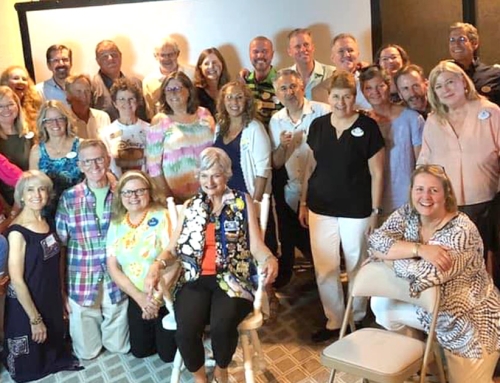
Every industry, organization, and business has graffiti – or things that distract from the ideal customer experience.
At Integrated Loyalty Systems, we define graffiti as anything that distracts or detracts from the ideal patient experience.
One type of graffiti is in the language we use. Many organizations – healthcare and others – use language that tends to be more “me-focused” instead of “customer or patient-focused.”
For example, an employee responding with “That’s not my job,” to a request.
Or an associate saying “No problem,” to a customer’s thanks.
Other common graffiti is industry-specific jargon and abbreviations that are generally understood by other employees, but not necessarily by patients or customers. These words might make things easier for employees to communicate with one another, but consider how confused a patient might feel if they don’t understand the terms their care team uses.
In healthcare, we see graffiti everywhere …
- A nurse telling a patient, “You discharge today,” as opposed to “You’re checking out today.”
- Signage in hospitals that say “ED” or “Screening” as opposed to “Emergency Department” or “X-Rays”
- Physicians that say they are “triaging” patients instead of “prioritizing patients according to how urgent their medical needs are.”
Clean Up Your Healthcare Graffiti: Create a Language of Service
Here’s what you can do today to start cleaning up your healthcare graffiti:
- Identify the graffiti: those “me-focused” words and phrases you’re using.
- Eliminate the graffiti!
- Develop an intentional Language of Service so that every care team member uses words and phrases that are patient-focused.
By developing a patient-focused Language of Service, we automatically remove a lot of confusion that patients may have when we’re communicating with them. Patients already arrive at the hospital or care facility nervous, scared and anxious. Clear communication can help reduce their anxiety and can also help build trust by engaging patients as active participants in their care.
Every patient wants three things: to be treated with dignity, respect, and consistency.
Creating a Language of Service can help us to focus on using language that shows dignity, respect, and consistency.






Leave A Comment